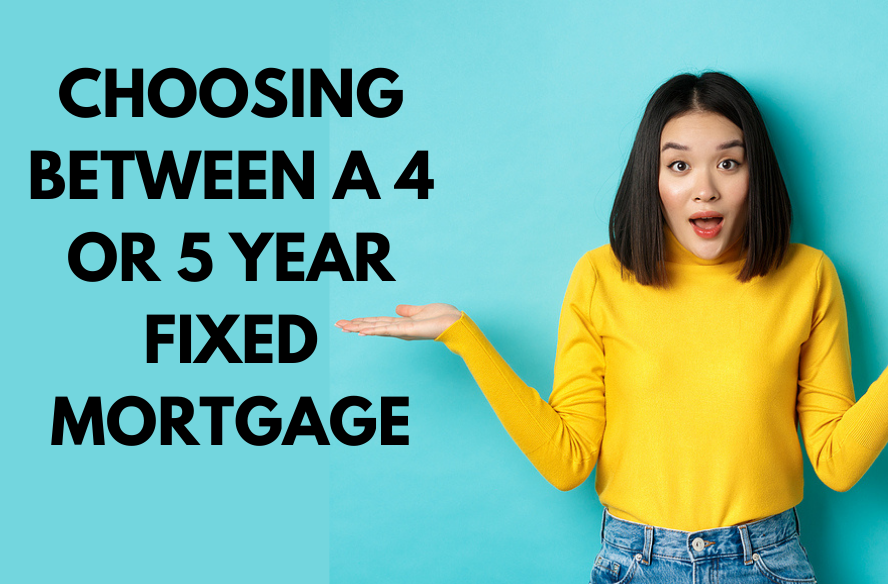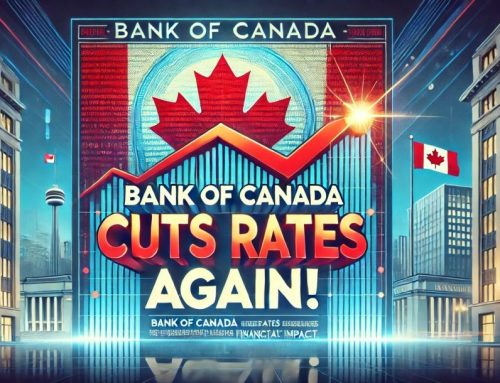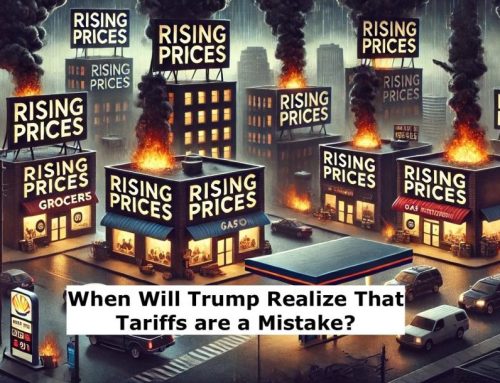When shopping for mortgage rates, most people gravitate towards 5 year terms, as this is what has become ‘standard’. This doesn’t mean a 5 year term is right for everyone, and in some cases, a shorter term mortgage can make more sense. There used to be a time when shorter term mortgages carried lower rates than the longer term options. However, in the last few years, the lowest rates were almost always for 5 year terms. As a result, the demand for shorter term mortgages all but disappeared.
Fast forward to today.
5 year rates are now more competitive than ever, however the shorter term rates are starting to make a comeback with some pretty hot deals. One exception is with variable rate mortgages. Variable rates are almost always five year terms. There is no such thing as a 1, 2 or 4 year variable rate. There is the odd 3 year variable, however they are usually quite high compared with the five year terms (with the odd exception). Usually when discussing mortgage term length, we are talking about fixed rate mortgages only.
Some lenders may offer a 3 or 4 year special rate that is lower than the 5 year fixed options in order to catch attention. Everyone loves seeing a lower rate on paper!
For example, the lowest 5 year fixed for an insured purchase (less than 20% down payment) is currently 1.69%. The lowest 4 fixed for the same mortgage us currently 1.64%, or 1.44% for a 3 year fixed. When the term length drops below 3 years, the rates increase above the lowest 5 year fixed options.
Many people are drawn to the lowest rate. But the lowest rate does not always equal the lowest cost mortgage. If that was the case, then 100% of mortgage seekers would choose variable given that the rate is lower than fixed. History has shown variable rate to be the winner over fixed for the past 40+ years. Nevertheless, many still prefer to go with the higher fixed rate for the peace of mind of having a guaranteed rate and payment for the term. There is nothing wrong with that at all! What’s right for one person might not be right for another, which I explain in detail in my blog on the Ultimate Guide In Choosing Fixed Or Variable.
There Is No One Size Fits All Mortgage Advice
Just as with the choice between fixed and variable, there is no right or wrong answer and everyone’s situation is unique. While many will advise to always go variable, or to always go fixed, that doesn’t mean that it’s the right choice for you. People will advise on based on their own situation, tolerance for risk, etc. It’s what they feel is right for them, so they naturally think it would be right for others as well. Every situation is a bit different, therefore the advice I give may vary from one person to the next. It will always be tailored to their unique needs and goals.
Why A Longer Term Mortgage Can Be Costly
It can be great to have a lower rate, but if the term is too short, then choosing based on rate alone can prove costly. It’s short term thinking.
Do you want to save the most money in the short term?
Or do you want to save the most overall?
How To Make The Right Choice
There are a few things that need to be considered before making your final choice. The first is how long you think the new mortgage will suit your needs. Many are convinced that they won’t need another mortgage for at least five years, however circumstances can and do change. Sometimes people might want to break early if rates were to drop substantially. Sometimes bad things can happen to good people, which can force them to refinance or sell ahead of original plans. These are things that can’t be predicted.
The next thing you need to look at requires a crystal ball. Where are rates heading over the next five years? No one knows for sure, so your choice will be a bit of a gamble either way. Rates are currently at near record lows, and it took a pandemic to drive them down to this level. In summer of 2018, 3.34% on a 5 year fixed was considered a great deal! Chances are strong that rates will be higher than they are today. We can’t expect these pandemic rates to last forever. Eventually, they will start to increase. It’s just a matter of when. I would not be surprised if fixed rates were well over 3% in a few years. They likely will be. Time will tell of course.
By choosing a shorter term, you are sacrificing one to two years of guaranteed low rate protection in order to get a marginally lower rate for the short term. The lower rate may seem like a great idea now, but it could end up being a costly decision, depending on where rates are at renewal time. You could end up kicking yourself for not locking in longer. Or, you could be clicking your heals together with happiness that you made the right decision! Chances are that it will be the former, but anything can happen. It can be easy to look back and say you should have done this, or you should have done that. We can only make decisions based on what we know today.
Comparison Between 4 and 5 Year Options
Let’s say your options were a 5 year fixed rate at 1.79% or a 4 year fixed at 1.64%. A difference of 0.15%. 1.64% definitely sounds more attractive, but where will the rates be in four years?
The break even rate in this case is 2.48%, which means that the 1 year fixed rate at renewal (to round out the 5 years) would need to be lower than 2.48% for the shorter term mortgage to have been the lower cost option. If the rates are higher than this, then you would have been better off choosing the 5 year fixed.
Will fixed rates be lower than 2.48% after 4 years?
Anything can happen, but I would say doubtful. 2.48% sounds high when compared with today’s rates, but there have only been a few periods in history where they have dipped down to this level. It can be easy to become complacent with the sub-2% rates we have today, but remember, it took a pandemic bring rates down to where they are today.








Leave A Comment